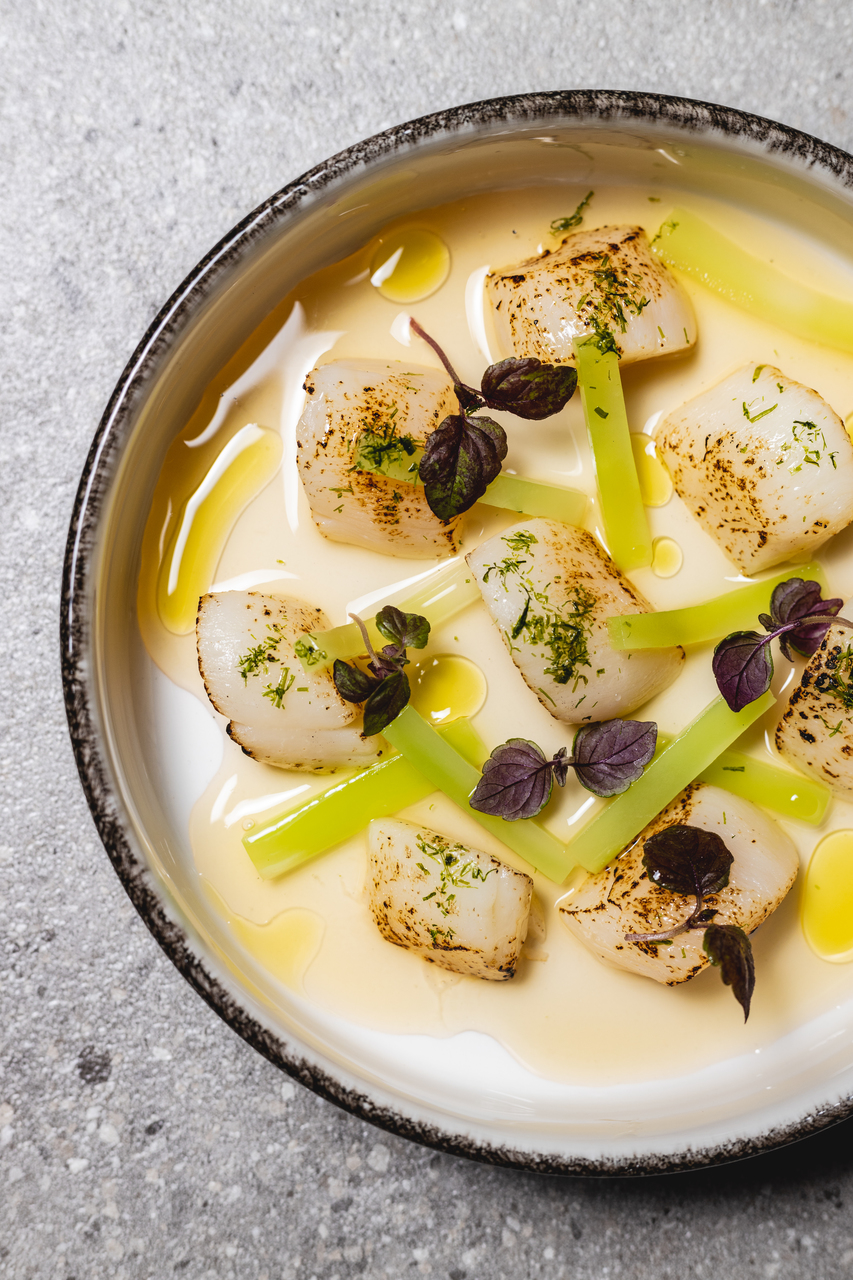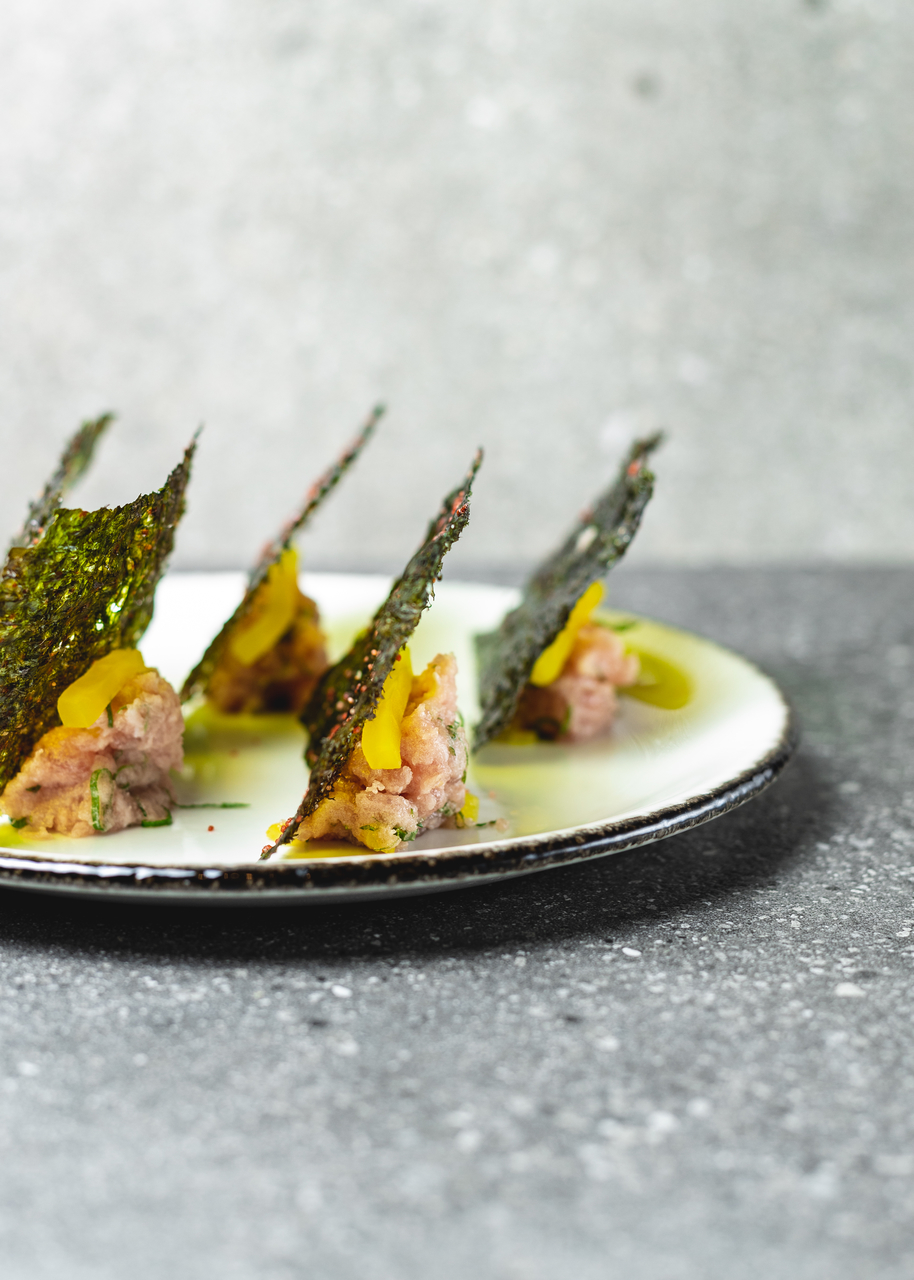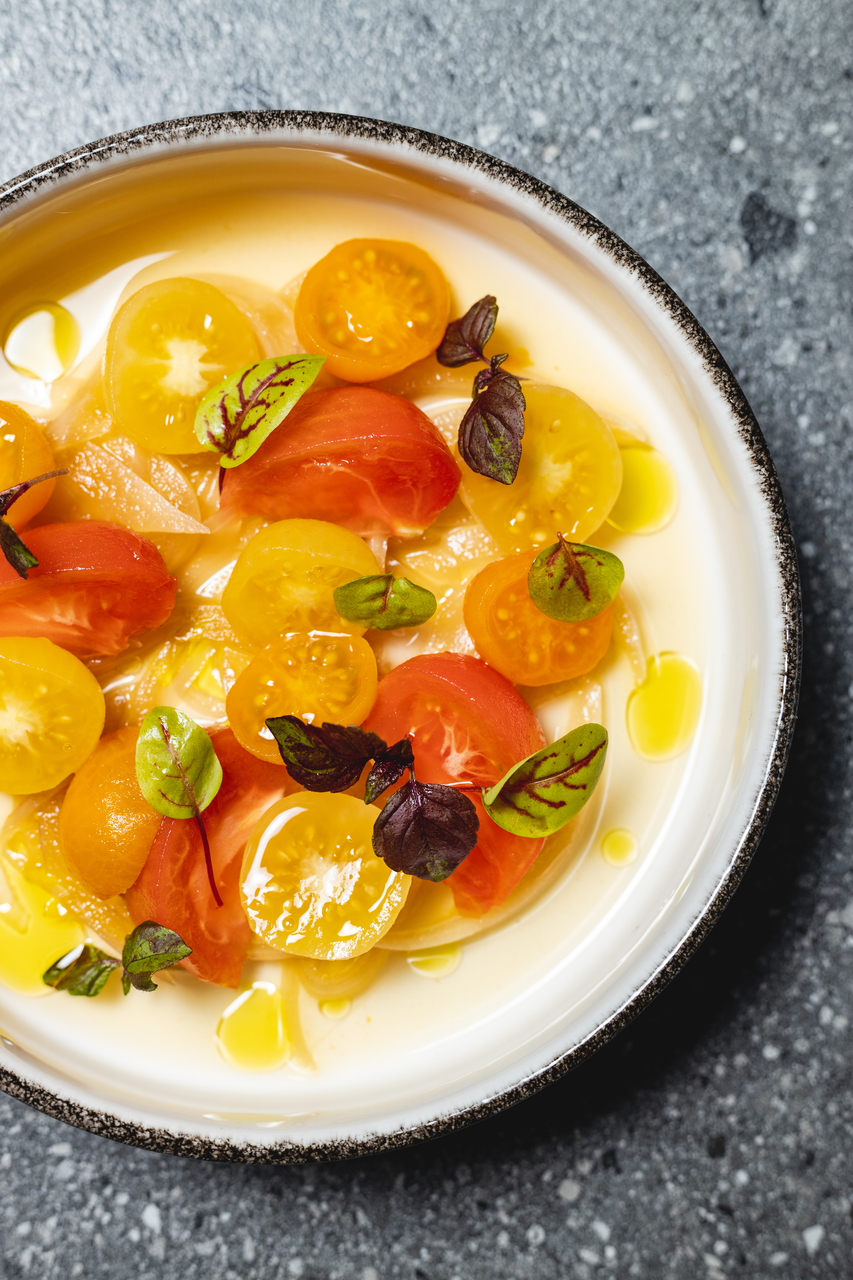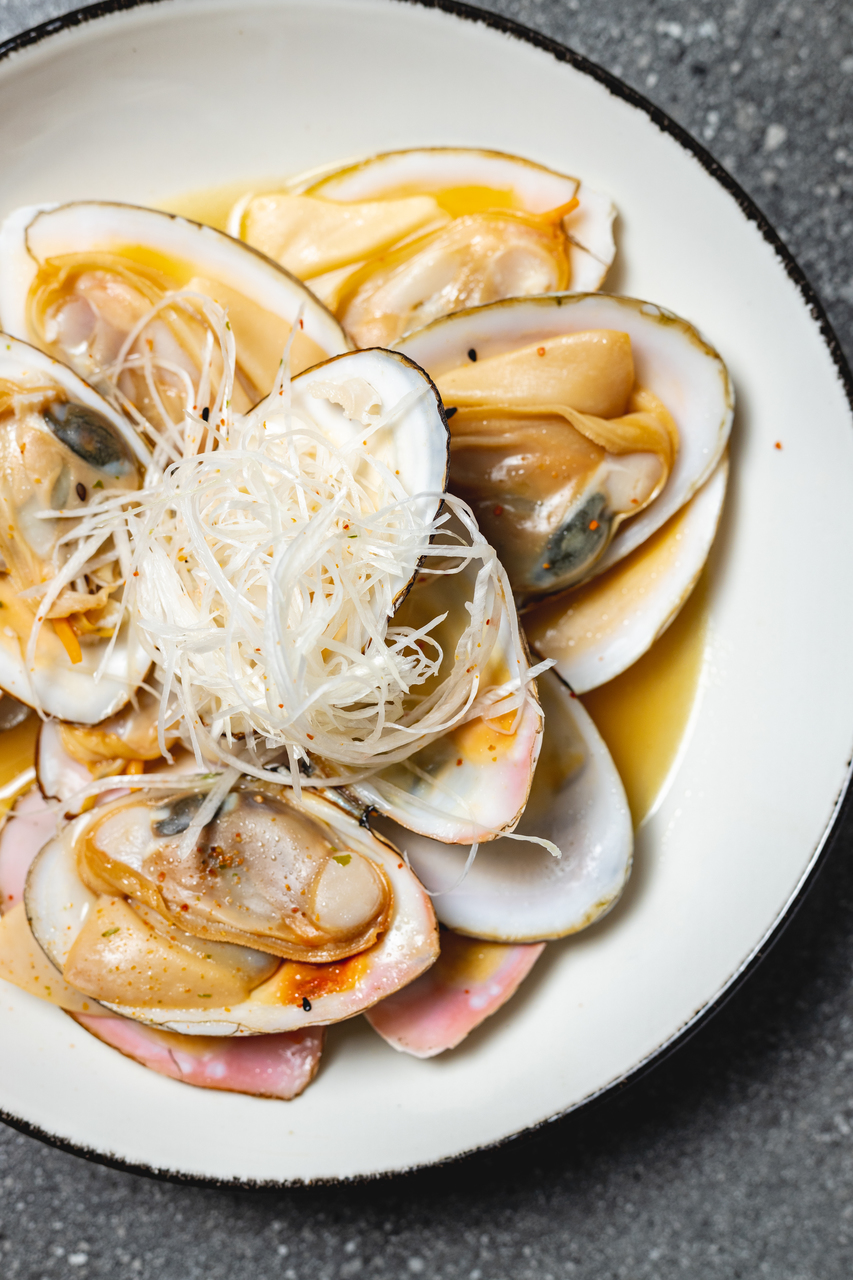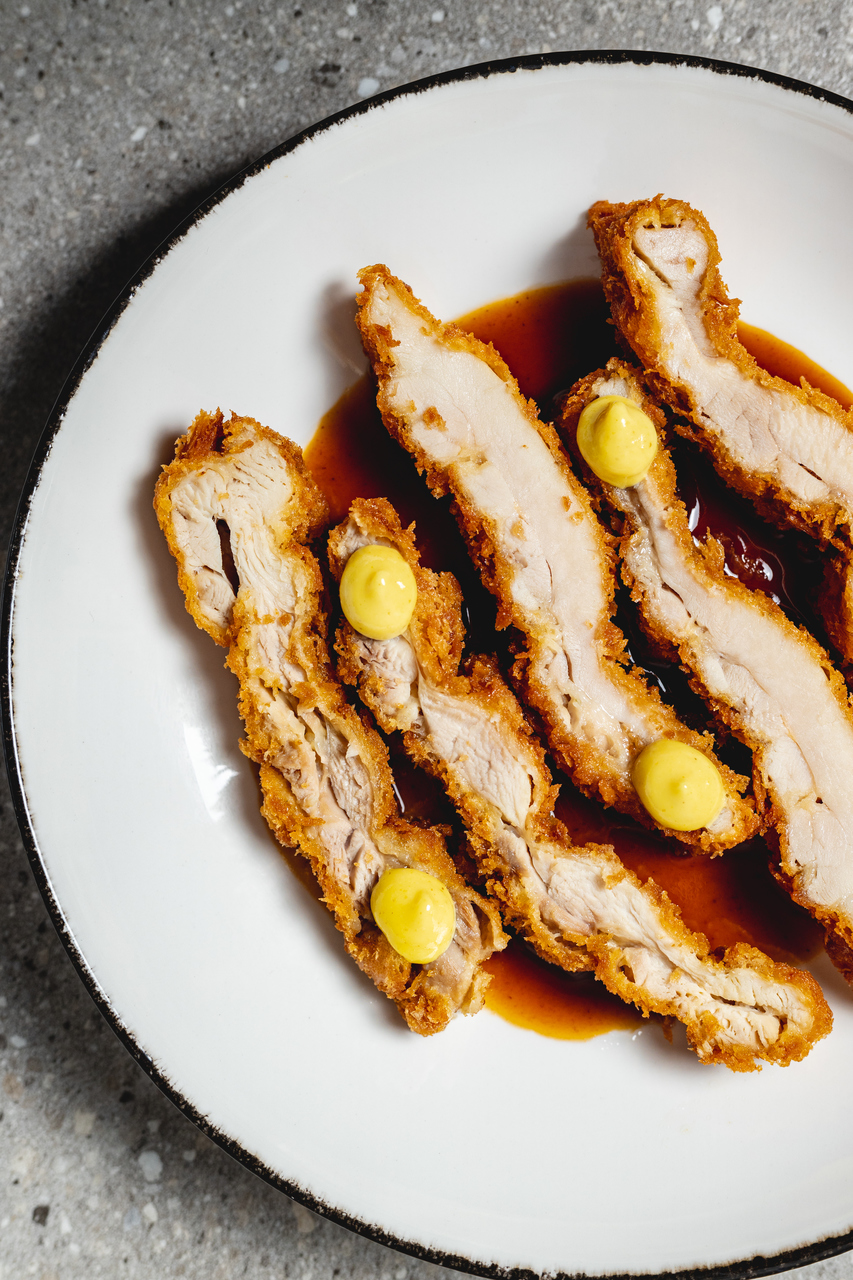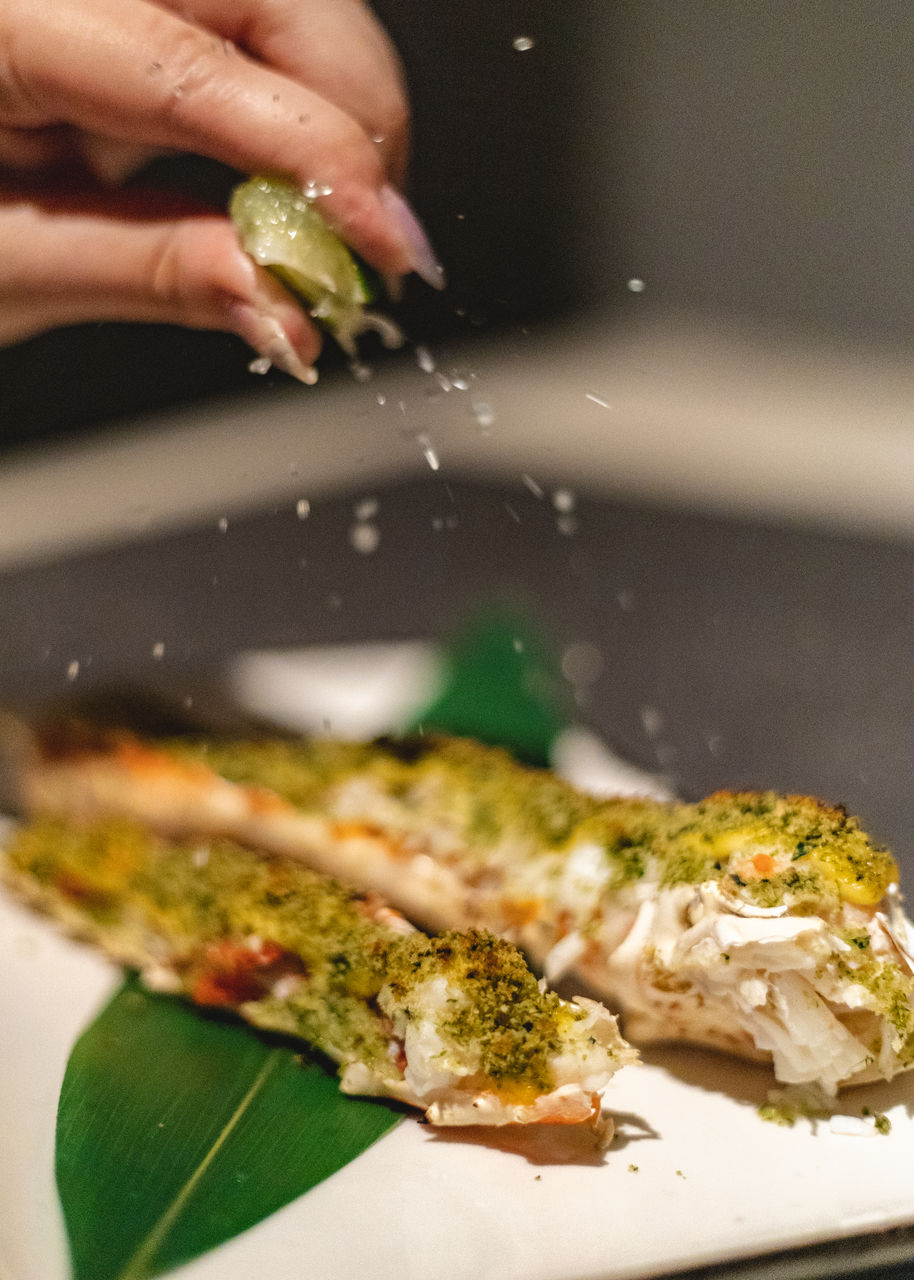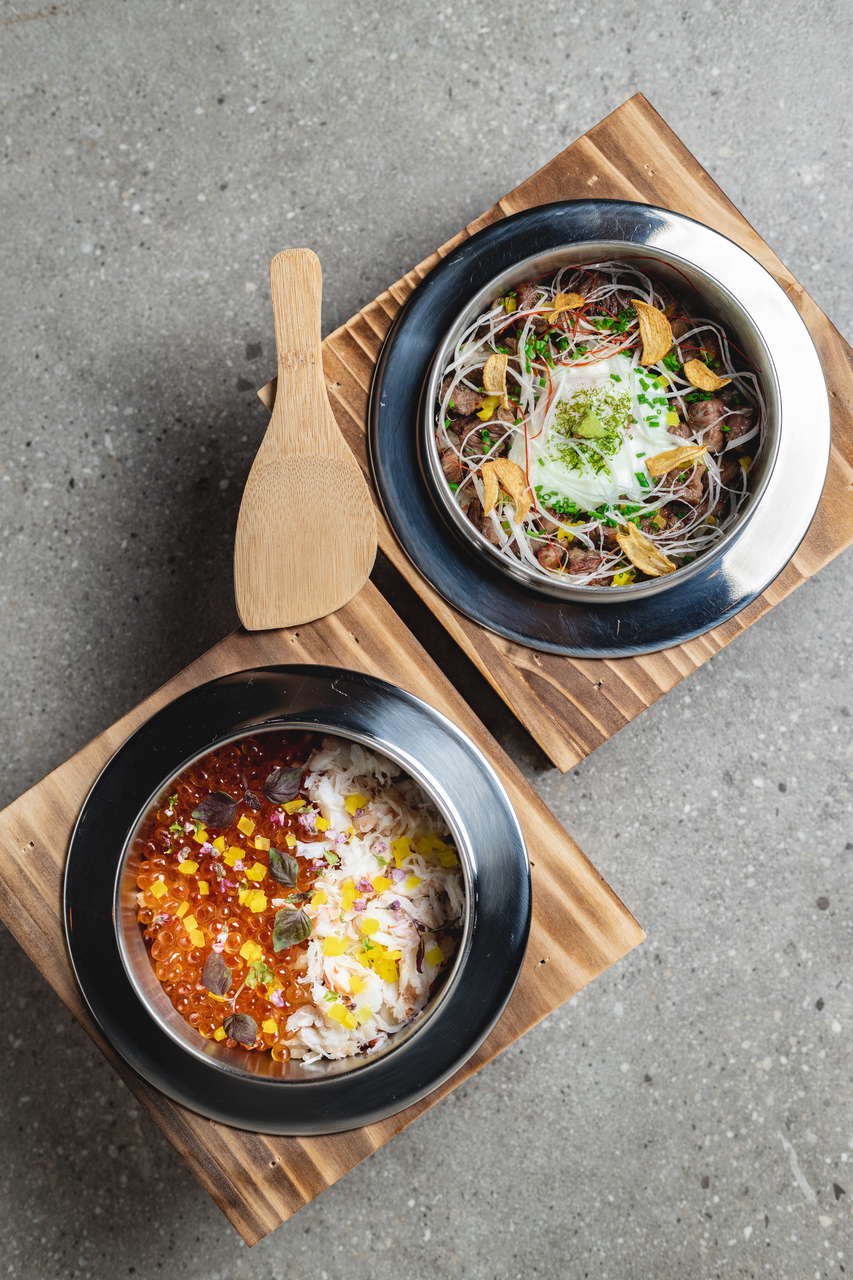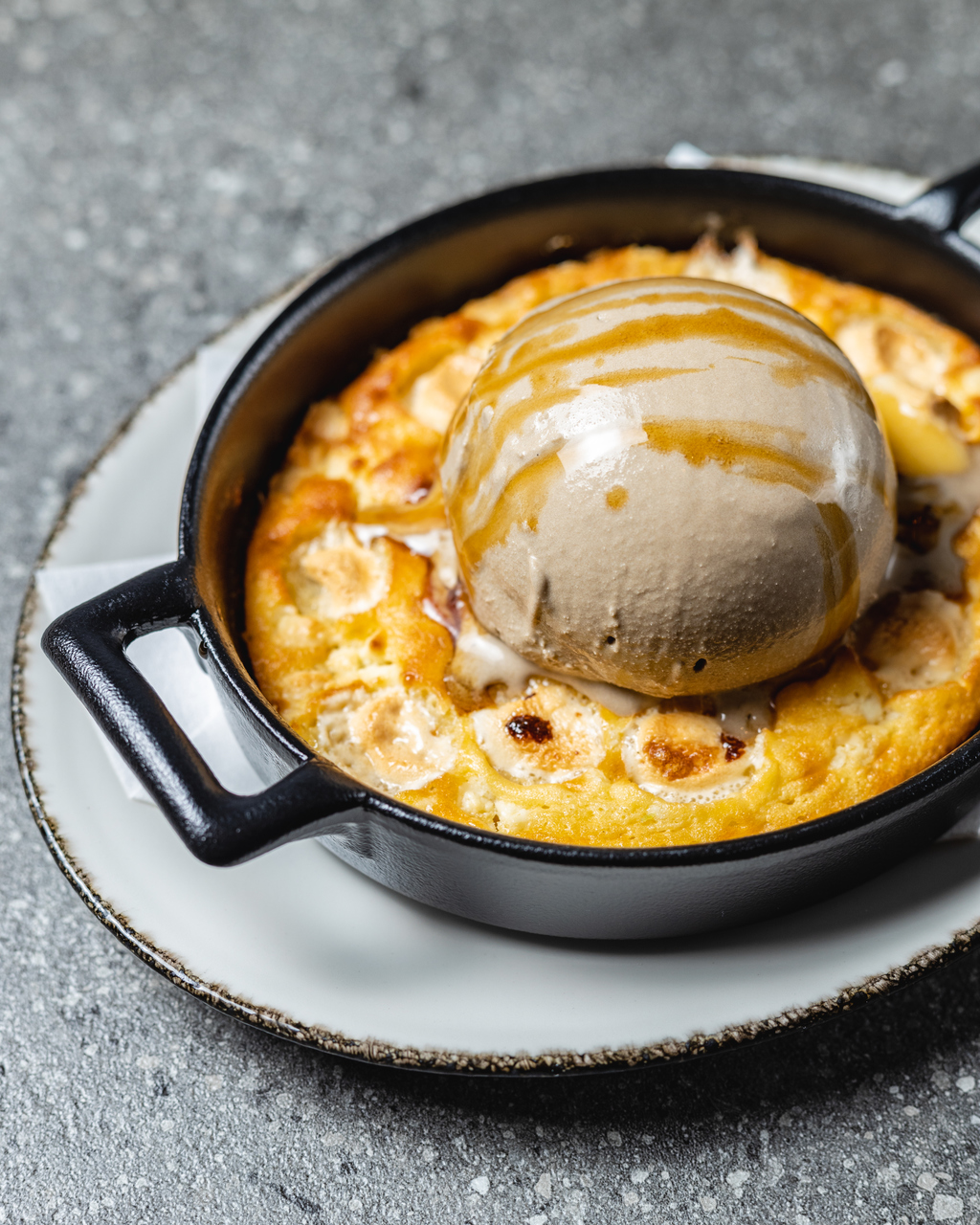Modern Izakaya Roji Opens its Doors in Central This April
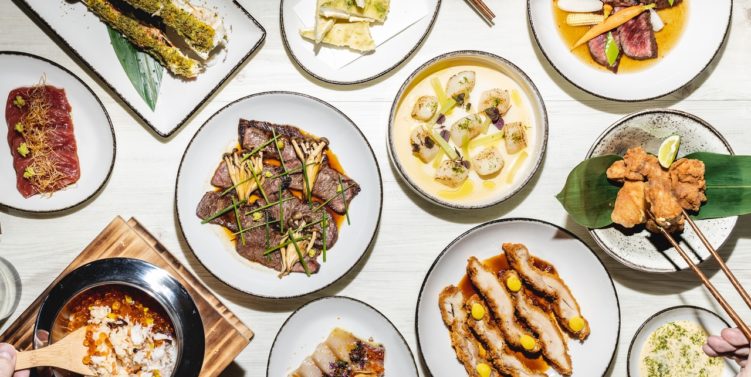
Tucked away in Lan Kwai Fong is the city’s most happening hideout hotspot where people come together for elevated street style food, drinks and vibes.
The grand opening of Roji, the newest establishment in the Central neighbourhood is the exact breath of vitality the restaurant and bar district needs right now. Tucked away off the beaten slope of Lan Kwai Fong and through an unassuming backstreet, hides Roji – a contemporary izakaya befittingly named after roji ura, meaning alleyway hideout in Japanese.
Roji’s unique location instantly brought back memories of Japan to Agnes, Founder of Roji – the land of the rising sun is where her parents first met, lived and also where she frequented as a traveller. She envisioned Roji as a late night casual sanctuary where people could show up for light bites, cold drinks, cool jams and an altogether good time. The menu isn’t quite like any other izakaya, with a traditionally Japanese focus and a complementing French flair to nod to her roots and honour her two favourite cuisines.
Not only is the concept at Roji stemmed from Japan, but also almost all ingredients are sourced there too. Paying extra attention to the authenticity of each dish, it was critical for Agnes to ensure that the provenance of most elements that go into a Roji creation is also harvested from Japan – from the freshest cuts of fish specially flown in daily to even the micro herbs used to garnish. The only exceptions to this rule are a handful of vegetables which are locally grown up in New Territories. By adopting a partial farm-to-table notion, Roji hopes to promote sustainability, support farmers in Hong Kong and showcase the incredible produce available domestically.
“I want to invite people into a secret alcove and discover delectable food, incredible drinks, a relaxed vibe and ultimately each other’s company – the true embodiment of Roji.” Agnes Mu
The main dining room consists of small tables, a long countertop for larger parties, a bar, and semi-outdoor benches to take in the street style dining culture that Roji emulates. The menu is compact yet substantial with only carefully designed dishes under six separate groupings.
Start off with Hong Kong’s only Hoshuzaki highball – a beautifully blended, ultra-fizzy concoction that is made from a machine that is part refrigerator, and part carbonation tap. Producing five times the amount of bubbles which are extra tiny for that smooth finish, the Classic Highball (HK$95) fuses bonito umeshu and sherry with Miyagiko whisky from the high altitudes of Sendai. Served in an original Japanese highball glass, is a well-balanced cocktail which isn’t overshadowed by heavy bubbles – the well-balanced smoky apple and floral aromatics of the single malt shines through while the bonito umeshu gives it just a hint of savoury notes.
Nibble at appetisers like the Chicken Cartilage (HK$98) – a familiar snack with an unusual texture. Instead of the common joint gristle available everywhere, Roji’s version uses the soft bones in the spine to drench in soft cake batter to bring out the varying textures of crunch and crisp in chicken and crust.
A shortlist of seasonal fish and fruits make up the starters at Roji. The Scallops (HK$138) is failproof – the ever-so-lightly char on the scallops exude a slight smokiness that brings out umami flavours, while the brown butter sauce mirrors the buttery texture of the scallops and adds a touch of French influence to the dish. Paired with Japanese asparagus and baby shiso leaves and dill to balance, each ingredient flourishes while still spotlighting the delicate meat.
To share, the Torotaku (HK$158) is a fun and inventive way to enjoy negitoro. A puree of subtly seasoned tuna and chives are portioned and topped with a stalk of pickled yellow daikon and partitioned with nori sheets. Flank the fish by swooping it up using the salted seaweed to enjoy all the flavours in a single bite.
A surprisingly understated dish on the menu is the Tomatoes (HK$98) – a humble ingredient that may easily be overlooked deserves the limelight at Roji. A medley of succulent oxheart, cherry and jubilee tomato varietals are seasoned in a tangy yuzu citrus dressing before tossed with crunchy pickled onions, vene cress and shiso. The natural sweetness and acidity of the fruits are at its best this time of year.
Hot off the stove, delve into a generous serving of Japanese Giant Clams (HK$198), which is an expected frontrunner at Roji. The clams are cooked in a blend of aromatic sake and Roji’s very own house broth to the very moment they open to achieve juicy, tender and meaty characteristics before further seasoned with shichimi togarashi for a bit of heat and blanketed in julienned fresh leeks.
Every izakaya has their own rendition of the famous katsu; and Roji’s Chicken Katsu (HK$168) interpretation leans on the authenticity of its recipe, mouth-watering tonkatsu sauce and undoubtedly, its exceptionally crispy breadcrumb exterior. Chicken thighs are first tenderised and seasoned with rosemary and chilli before coated in a secret panko mixture and then fried until golden and crackling. The cutlets are then served over a pool of sharp and sweet tonkatsu sauce for easy dipping.
For something a little more plentiful, the main dishes are the way to go. The first thing to note about the A4 Wagyu Beef (HK$298) at Roji is that the recipe is so thoughtfully conceived – perfectly paired with its shiso ponzu sauce, white daikon, baby carrots, baby corn and snap peas, the acidity and sweetness of the supporting ingredients help to cut through the fat of the beef without compromising its robust flavours.
The King Crab Legs (HK$248) will come as a delightful wonder to most. Blanching crab is the best cooking method to retain the natural freshness and flavours of the meat, but to add its own identity to it, Roji serves its legs side split and peppered with a thick blend of parsley and shiso leaves and a side of lemon wedge for a zesty drizzle. The herbaceousness of the greens gives a hint of sharpness and colour to the dish.
With only two carbohydrate items on the menu at Roji, both are definite heavyweights. Each filled to the rim of the mini-sized rice pot they are served in; The Wagyu Box (HK$248) contains a liberal (and perhaps even slightly overly disproportional) amount of sliced wagyu beef, a silken onsen egg for extra creaminess, shichimi and garlic chips while The Seafood Box (HK$268) is loaded with snow crab meat and ikura along with mushrooms, garden cress and shiso. Beneath the toppings of each box is a bed of red vinegar and dashi sauce-cooked rice. Mixed tableside, the rice is designed to be shared between two to four.
Don’t leave without a taste from the dessert menu. The Skillet Pan Cake (HK$148) is as decadent as it sounds, with semi-melted marshmallows, white chocolate and homemade Hojicha ice cream to balance out richness with a bittersweet aftertaste.
Apart from the courses at Roji, guests are also welcomed to nip in for a quick cocktail or two. Helmed by master mixologist Lok Gurung, Roji also serves a variety of sakes, whiskies, tequilas and mezcals next to a concise list of cocktails. The Saketini (HK$125) is the bartender’s favourite beverage – a modern take on the classic, it uses gin as the backbone and is then enhanced with bergamot, floral akvavit, plus caraway, dill and cucumber lime to balance out the flavours.

